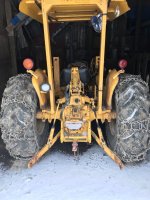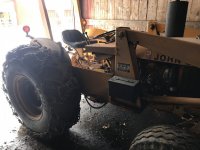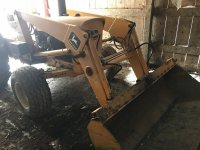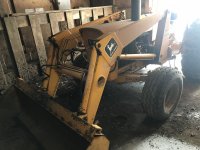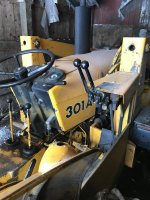It's cool that we can have a good conversation without it devolving into one of the countless gear versus hydro arguments like on TBN.
I grew up on 8Ns (thank God that's over), so I'm used to using a clutch too. I've only spent half a dozen or so hours with a hydraulic shuttle though, so I get what they do, but I'm no hot dog at running one.
I'm always operating close to stuff, trees, houses, the next row of veggies, etc, and also, I'm not the only one who uses my tractors. I'm sure there's many folks, probably yourself included, who can really put a shuttle shift tractor exactly where it needs to be every time without running into stuff, but to be honest, that isn't me. I feel the hydro really shortens the learning curve for new operators dramatically, and I don't have to worry about the new guy taking out the corner of my shed.
Also, for growing veggies, hydro is the cat's meow. Actually, turds as they are, those old IH hydros are still sought after for running transplanters in veggie operations. The ability to vary ground speed on the fly without adjusting PTO RPM is huge for me, and until you get into a power shift or CVT setup, the hydro is the only way to do it. I'm attaching a video which shows us chopping straw for mulching the veggies on our farm. It's pretty cool to be able to set the PTO to 540 and be able to make slight adjustments to the speed using the cruise control lever. I know what we're doing in the video is against the rules, and not really safe, but when there's only two people available, sometimes you do what you gotta do. Besides, the seat does a good job of steering.

I guess it's just a matter of horses for different courses. It's great that they make so many different models. Confusing as heck, but once you figure out the language, it's not so bad. Oh, one more question, did the JD hydros you ran have two or three ranges? The tractors with two ranges really blow in my opinion.







